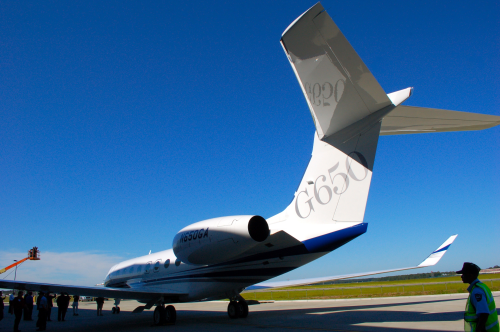
The event will focus on the manufacture of lightweight thermoplastic structures made of carbon fibre reinforced plastic (CFRP). It will address a wide area of applications in the automotive sector, aerospace engineering, offshore and wind energy sectors.
The ITHEC organisers believe that the potential of lightweight thermoplastic composite construction is not being fully exploited, particularly in large-scale production, and the aim of the new ITHEC event is to improve this situation.
Professor Dr Axel S. Herrmann is the initiator of the ITHEC. He is a Professor at the University of Bremen in the Faculty for Production Engineering, focussing on fibre composites and special fibres. He is also Director of Faserinstitut Bremen, Chairman of the Board at CFK-Valley Stade eV, and Managing Director of the Airbus subsidiary Composite Technology Center (CTC) GmbH Stade, one of the founding members of CFK-Valley.
Growth markets for thermoplastic composites
Herrmann estimates market growth for thermoplastic composites at around 15% per year.
The aerospace industry is one area of growth. CFRP accounts for around 22% of the weight of the Airbus A380, and 50% of the new Airbus A350 XWB, with thermoplastic CFRP structural components playing a greater role in the aircraft fuselage.
The market for thermoplastic CFRP piping for offshore deep-sea oil and gas production is also growing. The low weight and high fatigue resistance of these materials compared to steel in deep sea conditions is crucial at ever greater water depths (4000 m).
Electric cars also need lightweight composites in their bodywork, but production processes suitable for mass production need to be developed.




